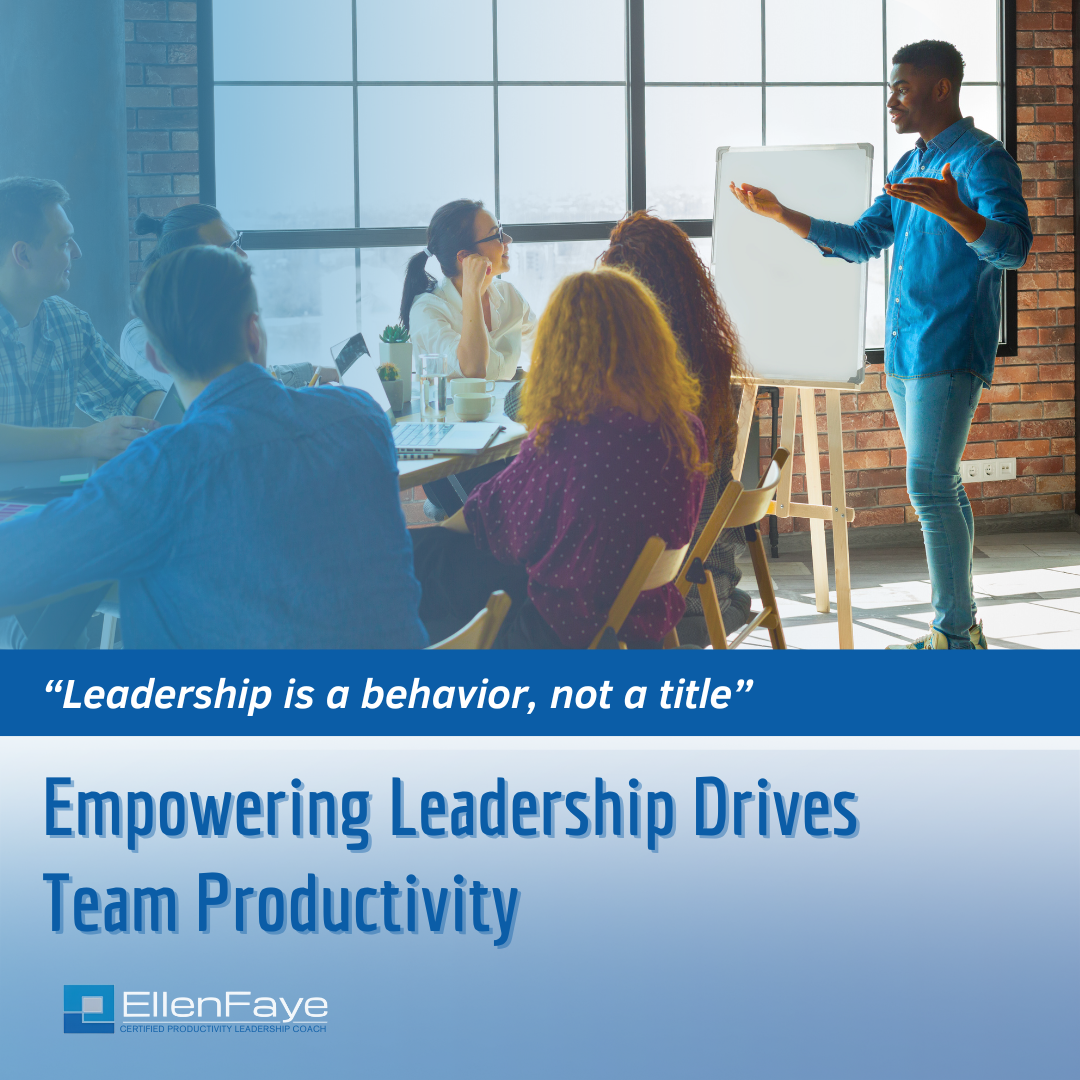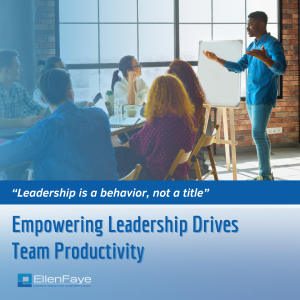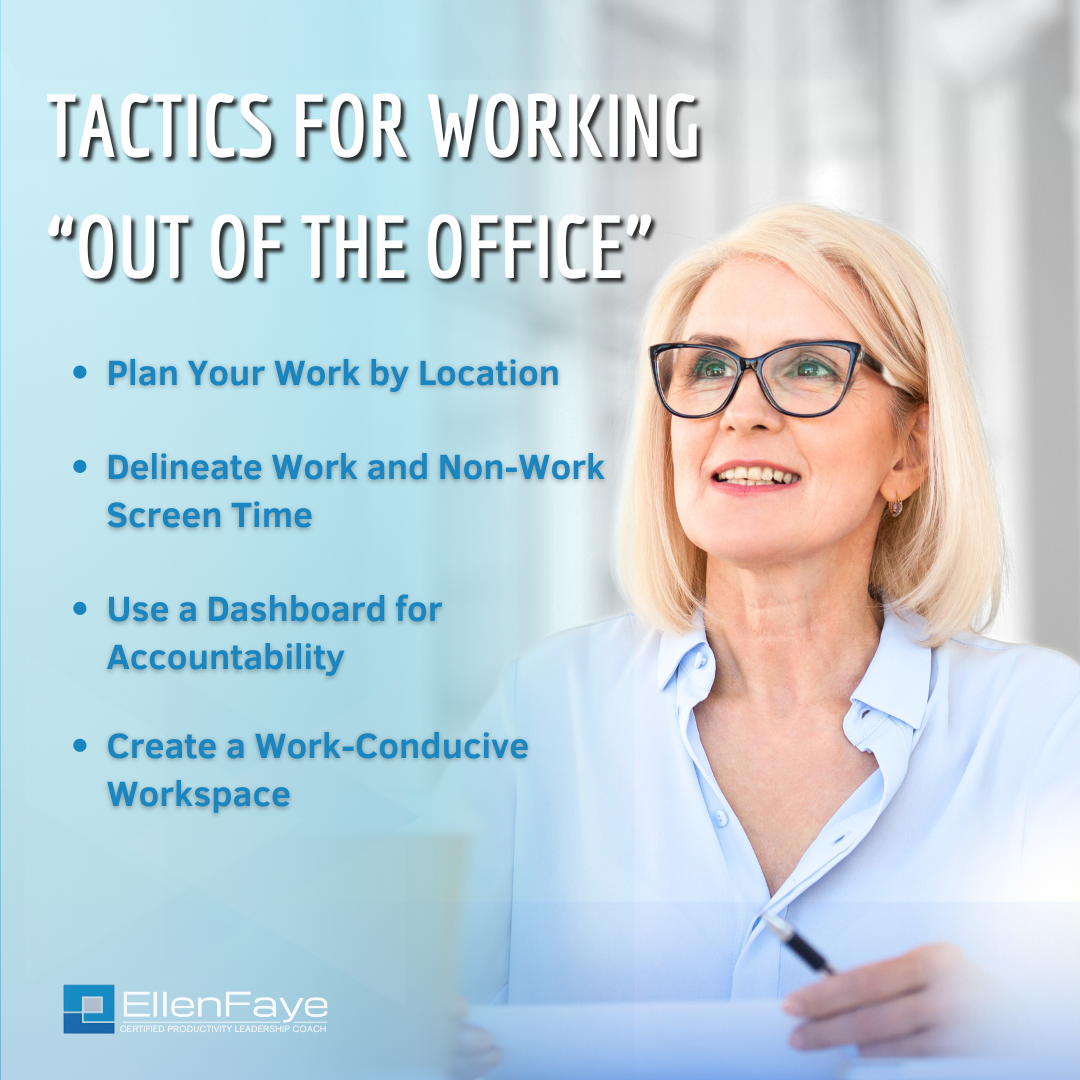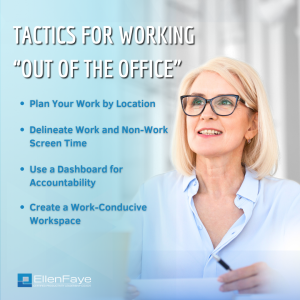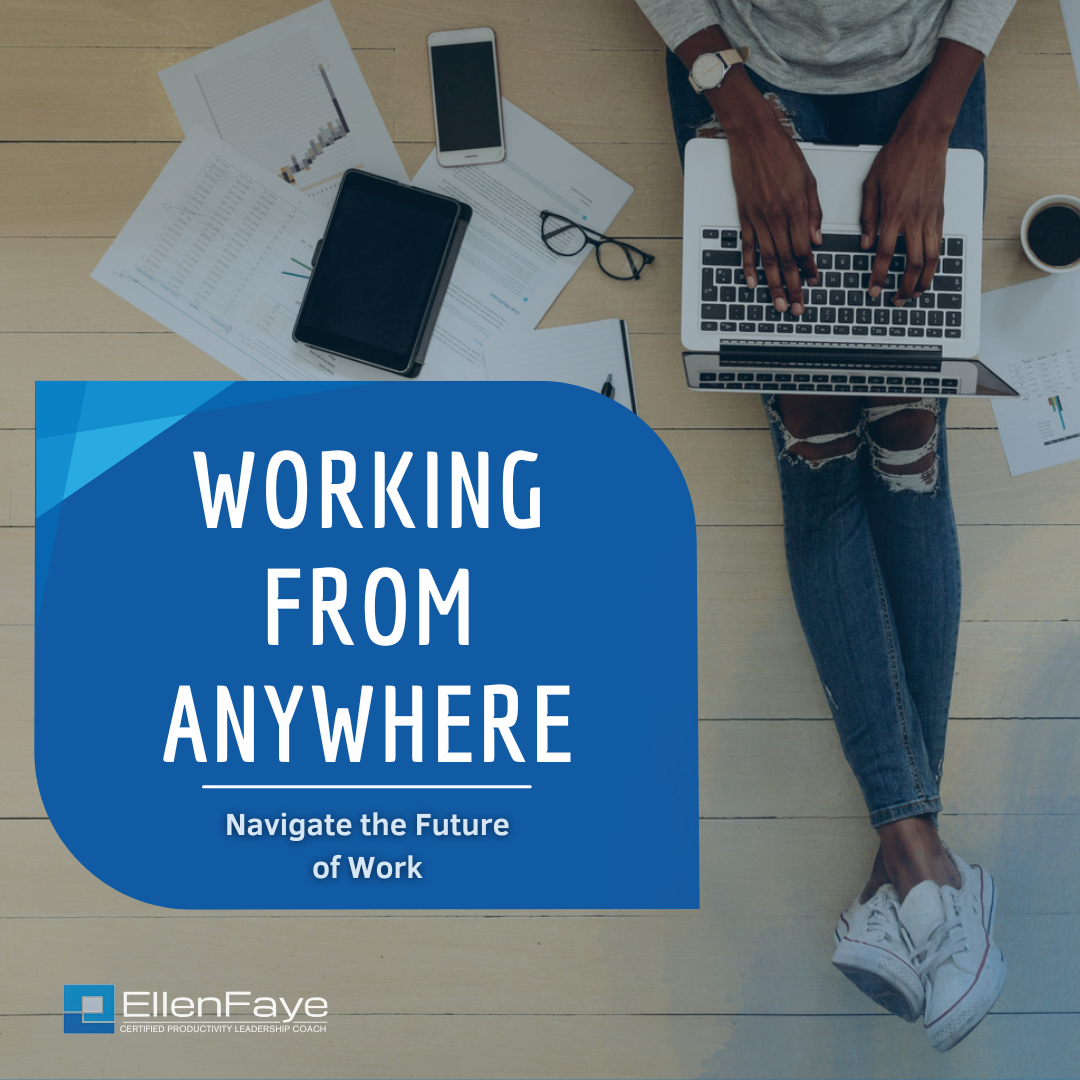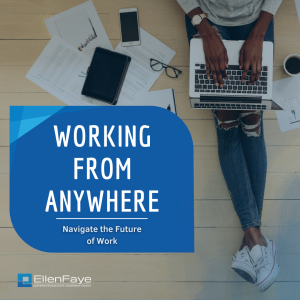08 Jul The Correlation Between Leadership and Productivity
Leadership is a behavior, not a title.
It doesn’t matter what someone’s title is, how much they are paid, or how much authority they have. If they don’t influence change, drive progress, or inspire others, they are not a true leader.
A true leader creates an environment in which those they lead are inspired and motivated to give their all towards the achievement of a desired outcome.
- A leader creates a culture in which their team members are self-motivated to do great work.
- A leader ensures their followers’ efforts matter and positively influence outcomes.
- Some of the most effective leaders do not have titles or authority. They achieve success through the actions they inspire.
Real leaders work for the greater good. Some managers, owners, or figureheads don’t. Just because someone is in charge doesn’t automatically mean they are going to make decisions that best serve the entity they have influence over, nor does it mean they’re a leader.
- Real leaders continually monitor their behavior. They are aware of how their actions affect their team.
- Real leaders lead team members who work hard and are empowered to support the team’s success.
- Real leaders deliberately work to create a culture in which individual efforts result in a win for the system as a whole.
Successful productive leaders know the importance of understanding, considering, and integrating all aspects of their operation. It’s not just big picture, it’s whole picture. They consider the effects of their decisions and anticipate how change affects outcomes throughout the entire system.
Being the kind of leader team members are inspired to work hard for produces great long-term results. It is perhaps the most important quality for boosting overall team productivity.
It takes commitment to be a productive leader.
- Productive leaders create a culture based in safety, trust, and relationships.
- Productive leaders have systems in place so people know what is expected and can effectively do the work that matters most.
- Productive leaders communicate, share, and are transparent so people feel secure and confident in the normal progression of work.
Focusing on productivity alone isn’t enough. Focusing on culture alone is not enough. Focusing on profits and growth is never enough. Each part, on its own, gets you only so far, like a bike without tires, or tires without a frame. Successful productive leaders ensure all parts support the whole.
It’s time to think about the productivity of your team differently.
This is an excerpt from Chapter 14 of my new book Productivity for How You’re Wired available on Amazon. Many templates are included via the time tools link discussed in the book.



